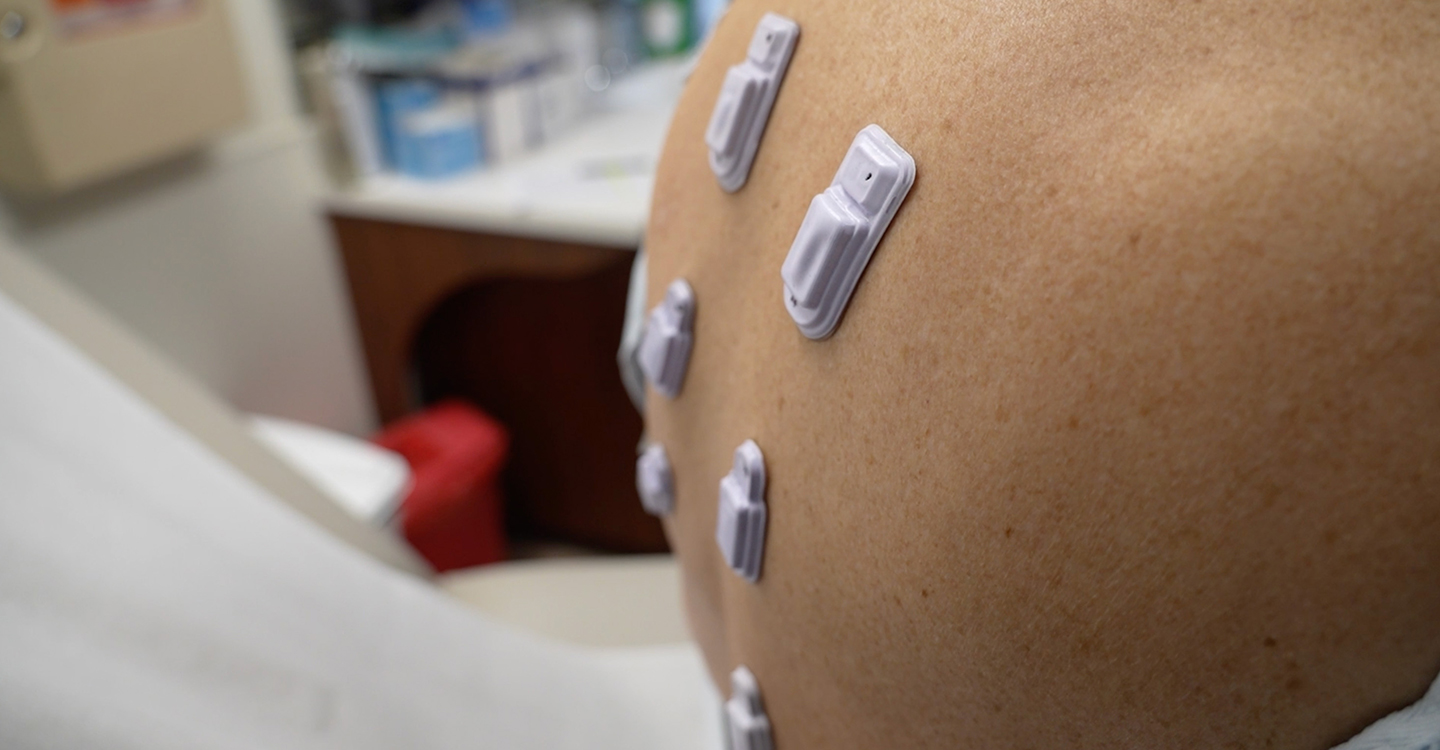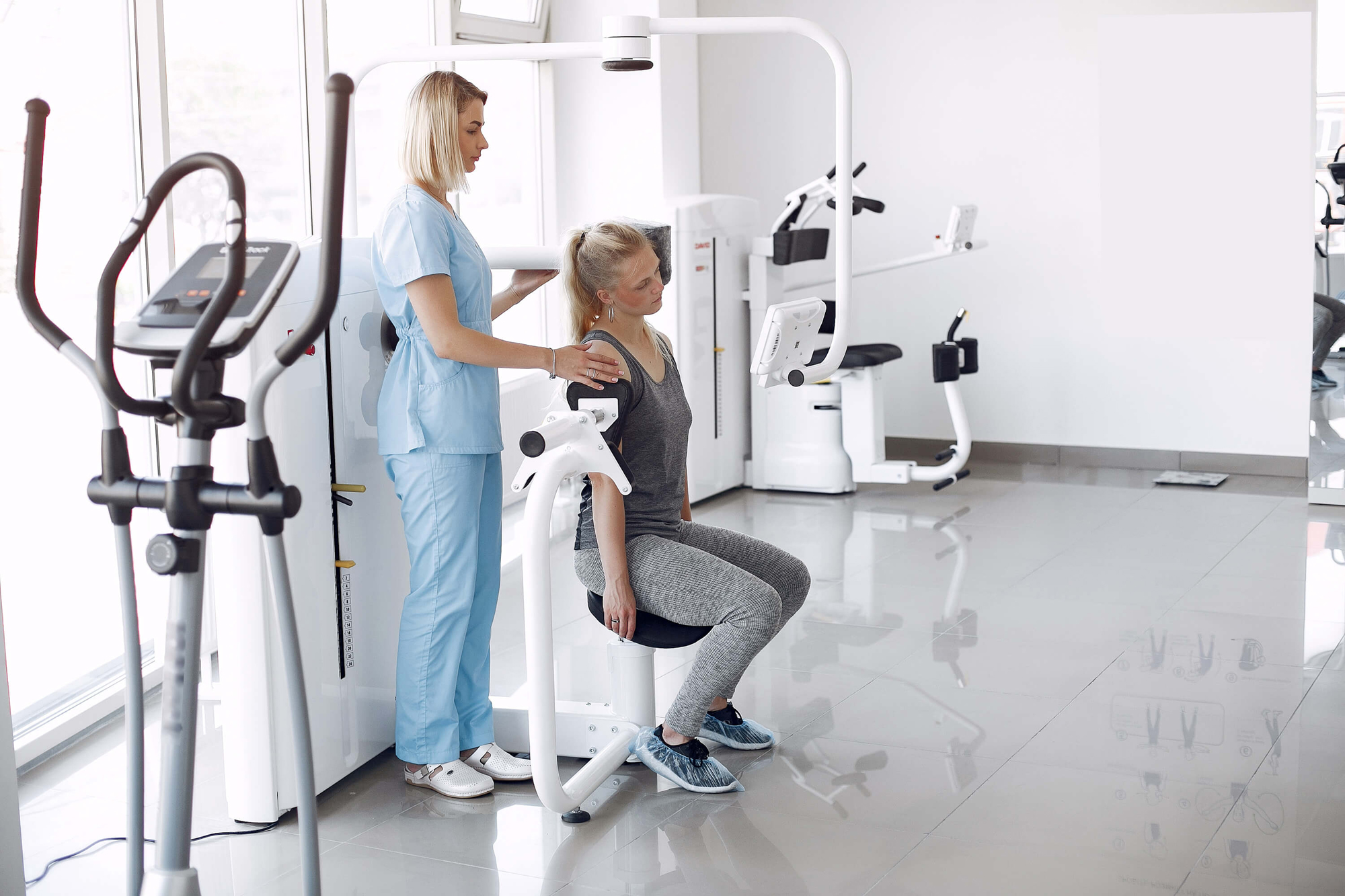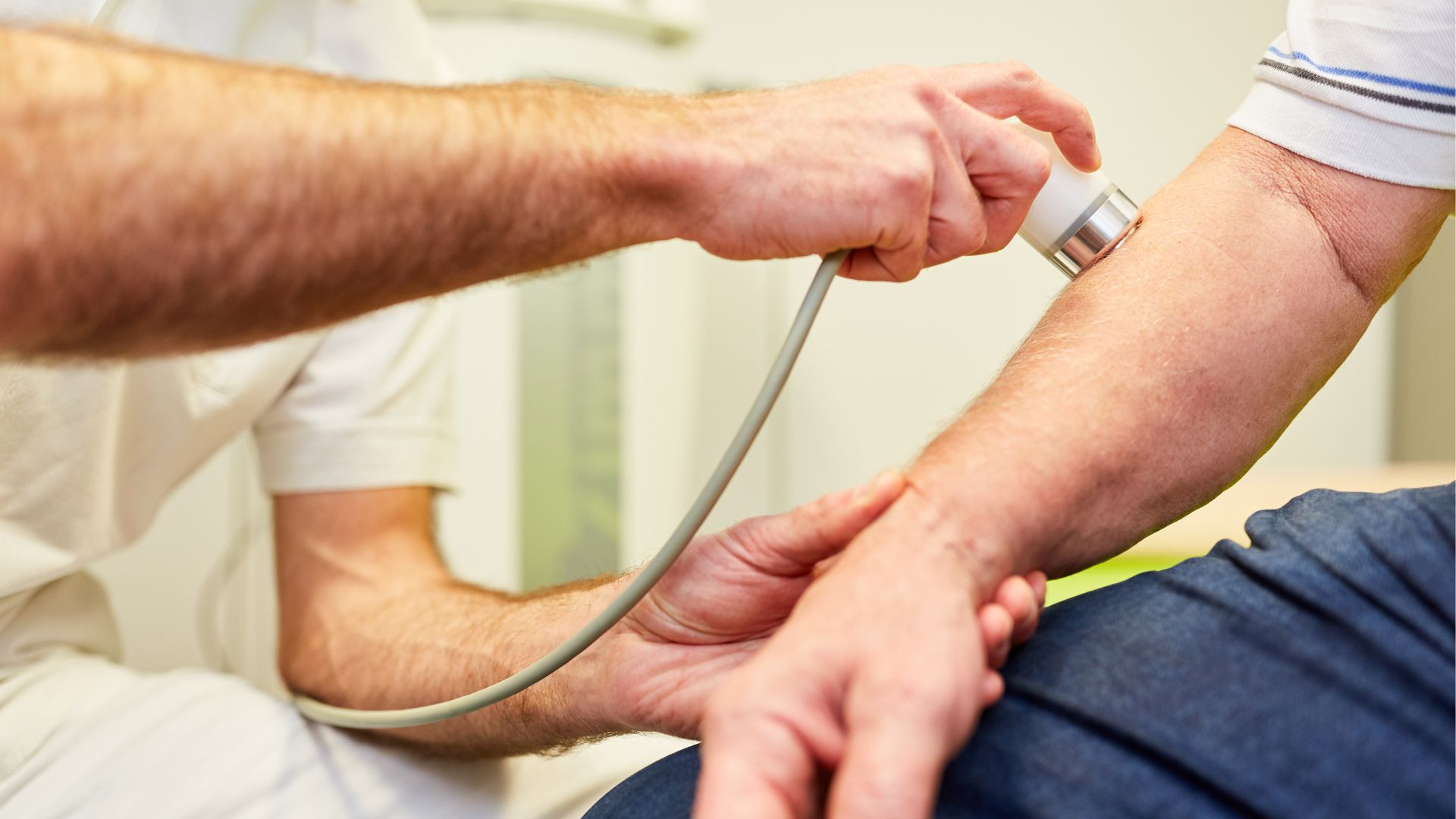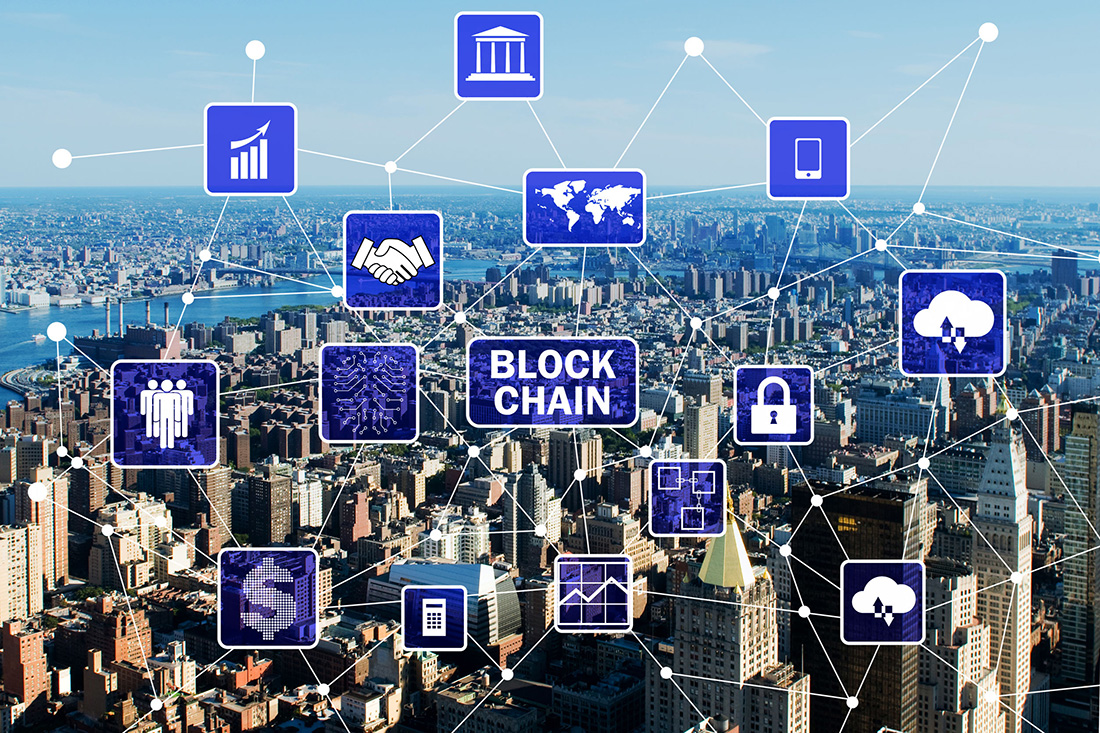Physiotherapy care has established itself as an essential component within the healthcare spectrum, playing a crucial role in improving patients’ quality of life.
Furthermore, its impact extends beyond mere physical recovery, offering a range of benefits ranging from pain relief to restoring functionality and preventing future complications.
Physiotherapy care not only focuses on treating existing ailments but also empowers patients with the tools necessary to manage their long-term health. For this reason, its primary objective is to optimize joint and muscle function.
Through a thorough assessment of each patient’s individual needs, physical therapists design personalized treatment plans that address specific limitations and seek to restore movement, strength, and coordination.
This holistic approach considers the interconnectedness between the body’s different systems, seeking not only to relieve symptoms but also to identify and treat the underlying causes of dysfunction.
Physiotherapy care has undergone a significant transformation thanks to technological advances. These innovations are revolutionizing the way treatments are delivered, offering new possibilities for patient assessment, intervention, and follow-up.
From immersion in virtual reality environments designed for rehabilitation to the use of exoskeletons that assist with movement, technology is opening up a new horizon of possibilities in the field of physical therapy.
Physiotherapy care, driven by these technological advances, is becoming an increasingly accessible and personalized tool.
The ability to tailor treatments to each individual’s specific needs, using objective data and cutting-edge tools, allows for optimized outcomes and an improved patient experience. This customization not only refers to the choice of techniques and exercises, but also to the way therapy is delivered, taking into account each individual’s preferences and circumstances.
In addition to direct interventions, Physiotherapy care plays a fundamental role in patient education. Physical therapists teach their patients a variety of therapeutic exercises and effective strategies for long-term pain management.
This patient empowerment is crucial to encouraging self-management of their condition and promoting independence in the recovery process. By understanding the mechanisms of their pain and learning how to mitigate it, patients can actively participate in their well-being and reduce their dependence on ongoing medical care.
New technologies have led to the emergence of specialized systems that are transforming the rehabilitation of patients with musculoskeletal conditions.
Similarly, these cutting-edge tools offer unprecedented precision and effectiveness in addressing a wide range of conditions, from sports injuries to chronic diseases and postoperative processes.
Systems used in rehabilitation that are an integral part of Physiotherapy care:
The integration of these systems into Physiotherapy care allows practitioners to offer more targeted and evidence-based treatments.
The set of systems used in rehabilitation that are an integral part of Physiotherapy care include:
- High-Intensity Laser. This technology uses concentrated light waves to penetrate deep into tissues, stimulating cell regeneration, reducing inflammation, and effectively relieving pain. Its application covers a variety of conditions, such as tendonitis, osteoarthritis, and lower back pain.
- Shockwaves represent another significant advance in Physiotherapy care. These high-energy acoustic waves are applied to specific areas of the body to stimulate the healing of damaged tissues, break down calcifications, and relieve chronic pain. Their effectiveness has been demonstrated in the treatment of plantar fasciitis, tendinopathies, and myofascial trigger points.
- Compression Boots are a system used in Physiotherapy care to improve blood and lymphatic circulation. By applying sequential pressure to the extremities, these boots help reduce swelling, relieve heaviness, and accelerate muscle recovery after exercise or injury.
- Isoinertial devices are innovative tools incorporated into Physiotherapy care for strength and muscle power training. These devices use inertia to provide variable resistance throughout the movement, allowing for more functional training tailored to the patient’s individual abilities.
- Telerehabilitation is emerging as a Physiotherapy care modality that leverages communication technology to overcome geographic and time barriers. Through video calls and secure online platforms, physical therapists can provide therapy to patients remotely, ensuring continuity of care and facilitating access for those who reside in remote areas or have limited mobility. This modality has proven effective for various conditions and offers great convenience for patients.

The benefits of Physiotherapy care:
The benefits are numerous and significant, especially when integrated with technology.
- One of the main benefits is the ability to monitor and track patient progress much more accurately.
- Wearable devices and advanced sensors allow physical therapists to collect objective data on patients’ function and movement in real time. This detailed information facilitates the adaptation of treatment plans and the objective evaluation of their effectiveness.
- By offering new tools and functionalities, diagnostic accuracy is improved, treatment strategies are optimized, and the recovery process for patients is accelerated.
- The ability to visualize internal structures through advanced imaging and accurately measure biomechanical parameters allows physical therapists to address pain more effectively.
- Digital consultation has become a valuable component of Physiotherapy care. Through various platforms, mobile health apps, and specialized tools, physical therapists can complement their in-person practice, improve the delivery of personalized care, and offer convenient and accessible virtual treatment solutions. Furthermore, this modality facilitates communication between therapist and patient, allows for remote monitoring, and offers the possibility of timely adjustments to the treatment plan.
New techniques used in Physiotherapy care:
Among the new techniques used in Physiotherapy care, Virtual Reality (VR) and Augmented Reality (AR) stand out for their ability to create interactive and highly personalized rehabilitation programs.
These immersive environments motivate patients, make exercises more engaging, and facilitate the practice of complex movements in a safe and controlled environment.
Robotics represents another cutting-edge technological tool that is increasingly being integrated into Physiotherapy care.
Robotic devices can assist and guide patients’ movements during rehabilitation, allowing for precise exercise execution and controlled resistance dosing. This is especially useful in the recovery of patients with severe muscle weakness or movement limitations.

Wearables and sensors have become important allies in Physiotherapy care. These wearable devices allow patients to remotely monitor their physical activity in their daily lives, providing valuable information about their movement patterns, activity levels, and sleep quality. This objective data helps physical therapists better understand their patients’ needs and design more individualized and effective treatment plans.
Telerehabilitation, as mentioned, is a key technique in modern Physiotherapy care. It allows for remote care through video conferencing and secure online platforms.
This modality is especially beneficial for patients with mobility issues, those living in rural areas, or those who prefer the convenience of receiving therapy at home.
Neuromuscular Electrical Stimulation (NMES) is a widely used technique in Physiotherapy care. It uses low-intensity electrical impulses to stimulate muscles, which can help strengthen weakened muscles, relieve pain, and improve function in various neuromuscular and musculoskeletal conditions. Shockwave therapy, as described above, is also a fundamental technique in Physiotherapy care to stimulate tissue healing and reduce pain in various chronic musculoskeletal conditions.

Equipment used in rehabilitation within Physiotherapy care:
The equipment used in rehabilitation within Physiotherapy care varies and is tailored to the specific needs of each patient and condition.
- Muscle stimulators are essential devices in Physiotherapy care. They are used for a variety of purposes, including muscle strengthening after injury or surgery, neuromuscular re-education, and pain relief by stimulating the release of endorphins.
- Magnetotherapy is another valuable tool in Physiotherapy care. It uses electromagnetic fields to treat both acute and chronic bone and muscle conditions. These electromagnetic fields are believed to stimulate cell regeneration and help restore balance to damaged cells.
- Online consultations have become an important component of Physiotherapy care. They allow patients to receive an in-depth initial assessment and the formalization of a treatment plan from a certified specialist in this discipline, all from the comfort of their own home.
- Ergonomic tables and stools are essential elements in any physical therapy center. They ensure the comfort and safety of both the patient and the therapist during treatment sessions.
- Creams and essential oils are used as adjuncts to Physiotherapy care, especially in therapeutic massage techniques, to relieve muscle pain, reduce inflammation, and promote relaxation.
- Foot strike analysis is an important diagnostic tool in Physiotherapy care, especially for patients with foot, ankle, knee, or hip problems. It assesses the biomechanics of the foot and its influence on posture and movement of the rest of the body, which is crucial for designing effective treatment plans.
- Functional and neuromuscular taping (kinesiotape) is used in physical therapy to provide support, stability, and pain relief for various musculoskeletal injuries, without completely restricting movement.
- Dry needling is an invasive technique used in physical therapy to treat myofascial pain and improve muscle function. It involves inserting fine needles into trigger points to release muscle tension.
- The application of heat and cold techniques is a common practice in physical therapy for pain and inflammation management at different stages of recovery.
- Orthopedic knee, ankle, and wrist braces are devices used in physical therapy to provide support and stability to injured joints, facilitating mobility and preventing re-injury during the rehabilitation process.
Therefore, Physiotherapy care is revolutionizing the way we address chronic and acute pain, significantly improving the quality of care offered to patients.
By providing new tools and knowledge for their recovery, physical therapy empowers individuals to relieve their pain, improve their mobility, prevent injuries, and optimize their postoperative recovery.
Likewise, the integration of technology into this mode of care improves diagnostic accuracy, treatment effectiveness, and the speed of patient recovery, marking a significant advance in the field of rehabilitation.
Physiotherapy care continues to evolve, adapting to new technologies and discoveries to offer increasingly comprehensive and patient-centered care.
I invite you to read another interesting article:
Hyporexia: No more risk. Appetite. 4 Tips






